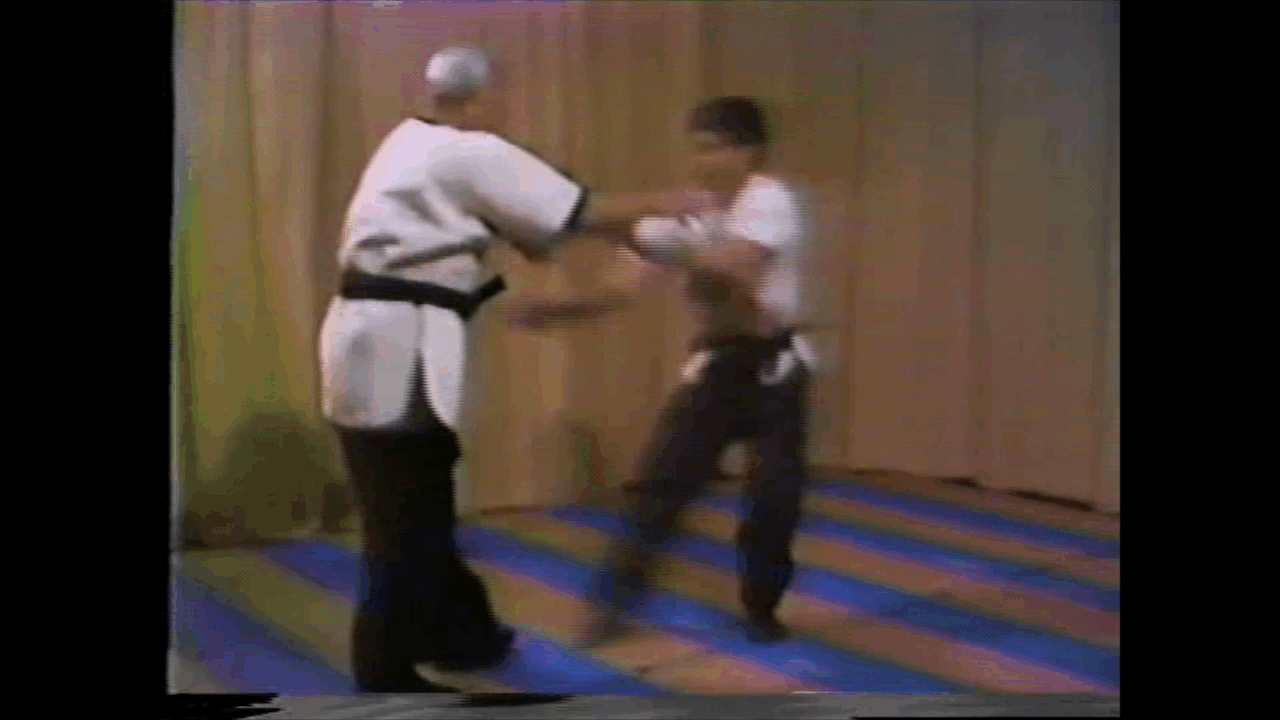No it is not banned in MMA. It was a perfectly legal technique in that match.
Perhaps if injuries like that happened more often, then rules would be put in place to try preventing them. But it's a relatively rare occurrence. The same thing which makes the technique dangerous (relying on ballistic application rather than steady control of the position which would allow for tapping before injury) also makes it hard for fighters to develop the necessary skill to reliably execute it against a skilled, resisting opponent. After all, fighters would rapidly run out of training partners if they applied the break that way while sparring in the gym.
We have all seen these type of techniques:
When asked why the other guy goes flying through the air, we are told that it is to protect his wrist from getting broken. We do a bunch of these in Danzan Ryu... and we even use that same explanation. However, personally, I take a different view. If, I can snatch the wrist and get the technique right, such that it would cause the other guy to need to flip over to protect his wrist... then I can break his wrist before he can get his body over. Every time you do one of these techniques, you get to a point where you have to wait for uke to catch up. When you see that point, and realize how long you are waiting for uke to catch up, you realize, that if you had wanted to break it, you could have broken it long before he got over.
My personal belief is that these types of drills are to take another step in the direction of applying in a dynamic situation, while maintaining control and safety. As uke gets better at taking the sutemi (flipping over the top) tori can move quicker and further. Because uke will be doing the sutemi, tori can take the lock at speed past the point where the break would occur, if uke were not able (or allowed) to sutemi. Theoretically, we should be able to use this type of training and these types of drills to help gain the necessary skill to pull the move off against a resisting opponent.
Unfortunately, over the years, we have come to look at the pretty sutemi over the top, as the goal of the technique. We have come to think that when we work together with uke, and cause him to take a nice sutemi for us, that we have succeeded. Rather, we should be looking to apply this in a dynamic and resisting situation. These drills then become preparation and conditioning for sparring sessions. These sessions start slow and light, with people doing sutemi when caught.... speed and resistance can slowly be built up, as the skill of both increase. But, we should always remember, the goal is the broken arm or dislocated joint of a fully resisting opponent like in the Aoki video above.... not the pretty sutemi done by uke.... that is a step on the way.

